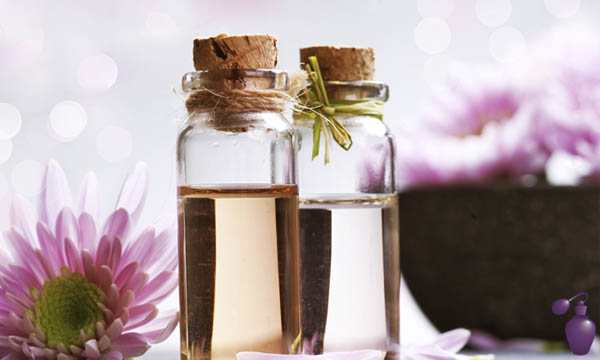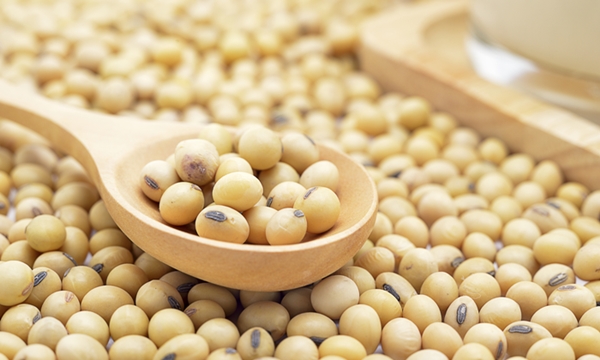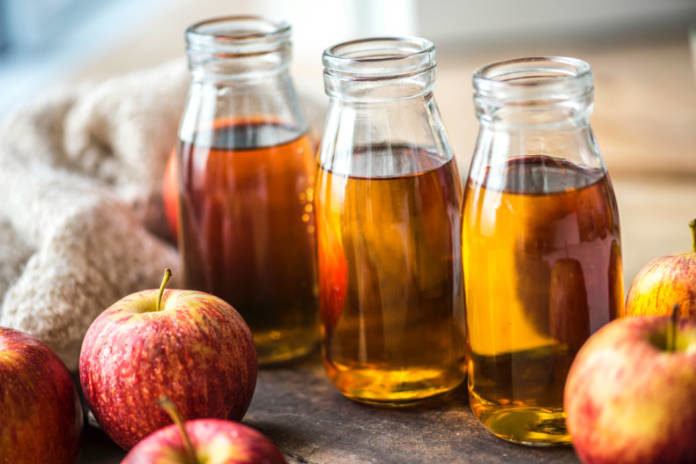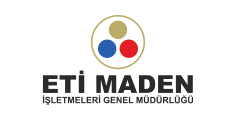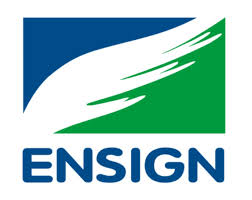Uses & Benefits
Sterilization Applications
Carbolic acid was used by Joseph Lister as one of the first antiseptics to sterilize medical equipment for cleaning wounds. When mixed with reagents, phenol can be an effective disinfectant for toilets, stables, floors and drains.
Phenolics are used as disinfectants in household cleaners and can have an anti-inflammatory effect in mouthwash. Butylated hydroxytoluene is a phenol that is a common antioxidant in food, cosmetics and industrial fluids.
Wood products
Phenol is a major component of phenolic adhesives used in wood products like plywood and oriented strand board (OSB). Phenolics can also be used in wood preservatives such as creosote.
Industrial and Consumer Product Applications
Phenol is used to manufacture polycarbonate and epoxy resins, used in a range of consumer product and industrial applications, from protective eyewear, sports safety equipment and food containers to coatings, electronic equipment and automobiles
Phenolics also can be used as an intermediate for industrial synthesis to make a variety of products, ranging from plastics, explosives, paints, fertilizers, textiles, aspirin and paper. Hydroquinone, a common phenol, is used as a reduction agent in photographic developing solutions.
Safety Information
Occupational Safety
Phenol can be corrosive to the eyes, skin and respiratory tract; concentrated solutions have the potential to cause severe burns of the skin and mucus membranes. It is readily and highly absorbed through skin and exposure to concentrated amounts can be harmful to the liver, kidneys and the central nervous system. The U.S. Occupational Health and Safety Administration has calculated the extent of absorption through the skin that could cause adverse effects for phenol, and other chemicals.
If high levels of phenol comes into contact with the skin, Princeton University’s Environmental Health and Safety Office recommends immediately flushing the skin with large amounts of water. The American Chemistry Council’s Phenol Panel also sponsored two studies addressing treatment for skin contact with phenol:
- Efficacy of topical phenol decontamination strategies on severity of acute phenol chemical burns and dermal absorption: in vitro and in vivo studies in pig skin
- Decontamination of the skin of swine following phenol exposure: A comparison of the relative efficacy of water versus polyethylene glycol/industrial methylated spirits
Consumer Safety
Consumers may be exposed to phenol if they live near landfills, hazardous wastes sites that contain phenol, or facilities that manufacture it. Following small, single releases, phenol is rapidly removed from the air.
In the home, consumers may be exposed to very low levels of phenol found in products like mouthwash and throat lozenges. According to the CDC’s Agency for Toxic Substances and Disease Registry, the dose, duration and how a person comes into contact with phenol can determine whether or not it may have an adverse impact.
Answering Questions
What is phenol?
Phenol is a type of organic compound. It may be colorless or white and has a mild sugary odor. It is used in limited quantities for medical and health-related purposes and in some industrial applications.
What are some medical and health-related uses of phenol?
Phenol may be used to treat muscle spasticity. It is also used in surgeries for severe ingrown toenails to help prevent them from growing back. Phenol can be used as a vaccine preservative to help keep bacteria from contaminating vaccine solutions.
In hospitals, phenol is commonly found in disinfectants used to sterilize medical equipment. Phenolic germicides are used to clean surfaces in hospitals such as bedside tables, laboratory surfaces and bedrails. They are also used to decontaminate critical or semi-critical devices, such as surgical forceps and endoscopes, before high-level disinfection is used.
What are some examples of naturally occurring phenol?
Phenol occurs naturally as tyrosine, an amino acid found in most proteins, and as serotonin—a neurotransmitter in the brain. Urushiol is a phenol that is secreted by poison ivy to prevent animals from eating its leaves. Vanillin, the principal flavoring in vanilla, is a phenol isolated from vanilla beans. Phenolic compounds also occur naturally in fruits and wines, with cranberries and red grapes having the highest amount of phenolic compounds. The phenol antioxidants of these fruits can help to prevent cell damage and can promote anti-inflammatory conditions when consumed regularly.





